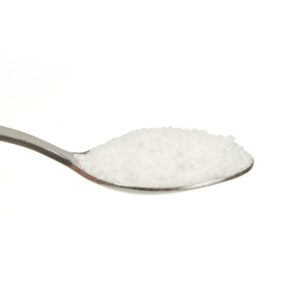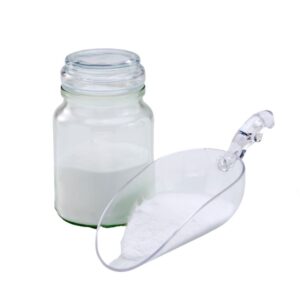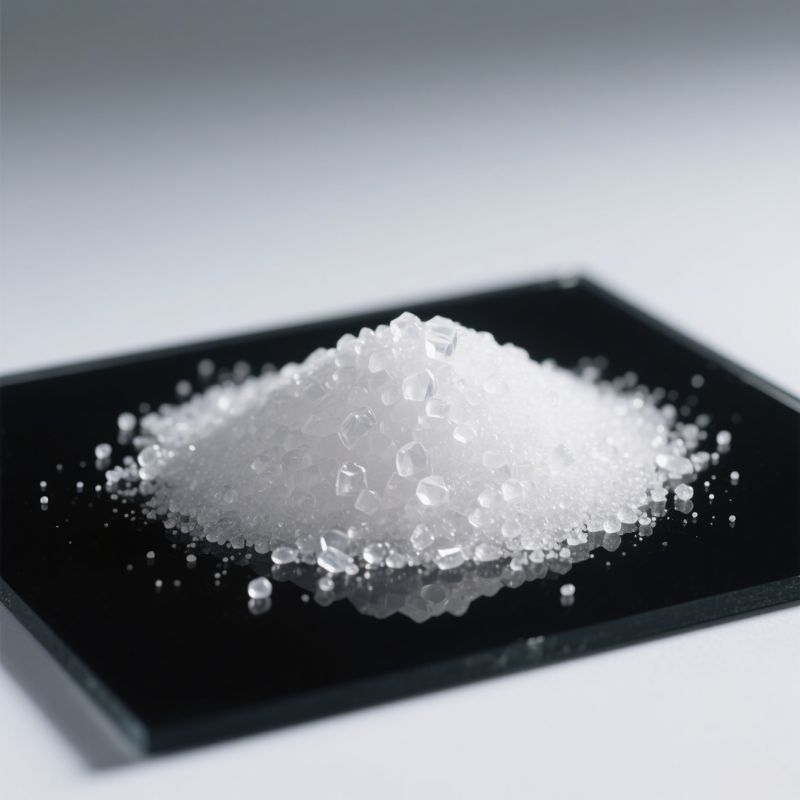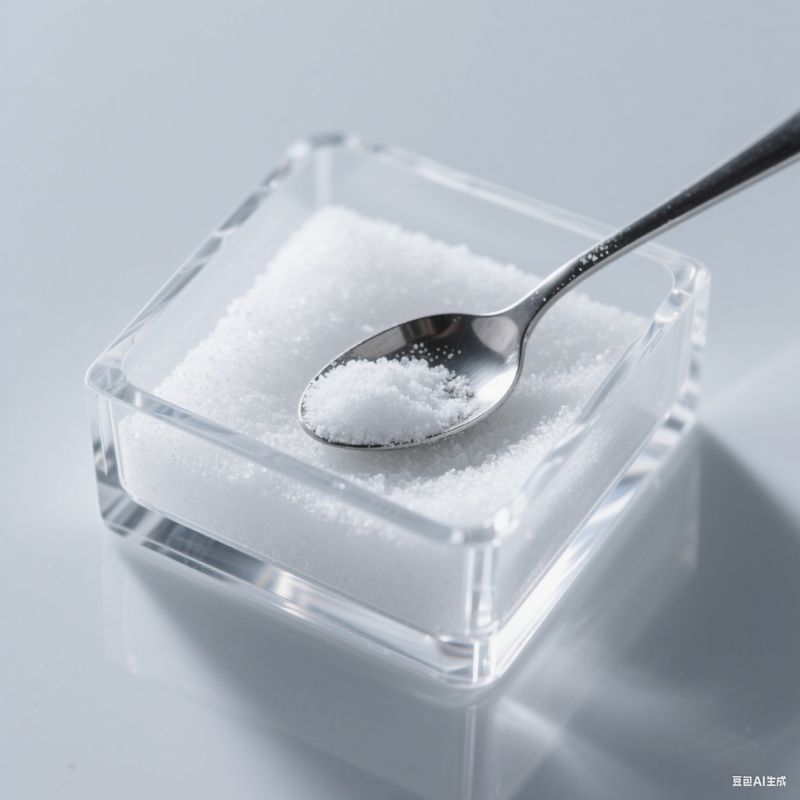
The Role of Sodium Tripolyphosphate (STPP) in Toothpaste: Benefits and Applications
Sodium Tripolyphosphate (STPP) improves toothpaste performance by preventing tartar buildup, removing stains, and protecting tooth enamel.
Sodium tripolyphosphate (STPP) is a crucial chemical compound widely used in various industries, including detergents, food processing, ceramics, and water treatment. Due to its ability to sequester metal ions and disperse suspended solids, it plays a vital role in many applications. This article provides an in-depth analysis of the global STPP market, its trends, challenges, and opportunities.
The global STPP market is valued at several billion dollars, with an estimated compound annual growth rate (CAGR) of X% through 2030. This growth is driven by increasing demand from the cleaning, food processing, and water treatment industries.
Leading manufacturers include:
Innophos Holdings Inc. (USA)
ICL Performance Products LP (Israel)
Prayon S.A. (Belgium)
Hubei Xingfa Chemicals Group (China)
Guizhou Zerophos Chemical Co., Ltd (China)
Asia-Pacific: Leading market with high industrial demand.
Europe: Declining usage due to environmental regulations.
North America: Stable market with strong demand in water treatment.
Middle East & Africa: Rapid growth due to industrialization.
STPP enhances the efficiency of detergents by softening water and dispersing dirt.
Used as a moisture-retaining agent and preservative in processed meats and seafood.
Improves plasticity and enhances the quality of ceramic materials.
STPP stabilizes water and reduces the formation of mineral deposits.
European Union: Strict phosphate restrictions to limit eutrophication.
United States: Regulated by the FDA and EPA.
China: High production levels with evolving regulations.
Declining demand in Europe and the U.S.
Rising market growth in Asia due to increased production.
Zeolites: Natural substitutes for phosphates.
Biodegradable polymers: Reduce pollution while maintaining STPP efficiency.
Increasing restrictions on phosphates in detergents and the food industry.
The cost of phosphates and energy directly impacts the profitability of manufacturers.
Largest producer with competitive pricing.
Declining demand due to strict environmental regulations.
STPP is mainly used in water treatment and ceramics.
Expanding market driven by industrial chemical needs.
Transition toward more sustainable solutions.
Increased investment in researching eco-friendly substitutes.
Expansion in emerging markets.
Development of environmentally friendly products.
STPP demand is rising in Africa, Asia, and Latin America.
Manufacturers must invest in greener alternatives to remain competitive.
The sodium tripolyphosphate market remains dynamic despite environmental restrictions. Companies investing in sustainable solutions and targeting emerging markets will continue to thrive.
STPP is also used in the dental bearing industry, where it functions as a lubricant and cleaning agent for high-precision dental instruments.
For more information on STPP and its applications, visit our website: https://sodiumtripolyphosphate.com/.

Sodium Tripolyphosphate (STPP) improves toothpaste performance by preventing tartar buildup, removing stains, and protecting tooth enamel.

Sodium Tripolyphosphate (STPP) revolutionized detergents but caused eutrophication. Discover its history, environmental bans, and modern phosphate-free alternatives.

Sodium tripolyphosphate (STPP) is an essential additive used in many industries, and its market is evolving due to environmental and economic trends.

Sodium tripolyphosphate (STPP) is a versatile chemical compound that is crucial in detergents, water treatment, food processing, ceramics, and many industrial applications.

Goway Fuquan has built a leading “central kitchen” for the deep processing of yellow phosphorus slag, transforming waste into valuable products. Through innovative approaches, the company is enhancing its green development initiatives, driving both environmental and economic growth.

Overview of Sodium Tripolyphosphate (STPP) in Food Applications

Sodium Tripolyphosphate (STPP): Learn about its innovative uses in detergents and environmentally friendly alternatives shaping the future of cleaning products.

Sodium tripolyphosphate (STPP) enhances detergents through water softening, soil suspension, and pH buffering via its unique phosphate chemistry.

A professional and educational overview of tripolyphosphate (STPP), explaining its composition, manufacturing process, applications, safety profile, and sustainability trends.

This guide provides insights into the technological advances, regulatory frameworks, and cost factors affecting food and aquatic products, highlighting sustainability challenges and opportunities in 2025.

This guide covers the uses, benefits, risks, dosages, and health concerns of polyphosphates in food, with an overview of regulatory standards and emerging alternatives.
WhatsApp us